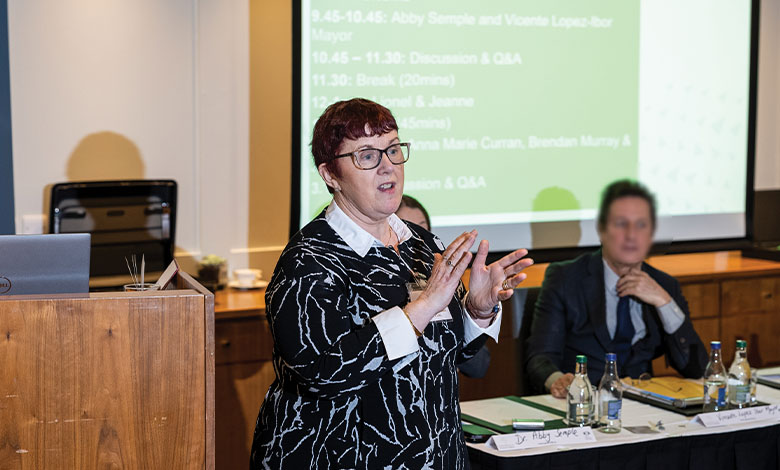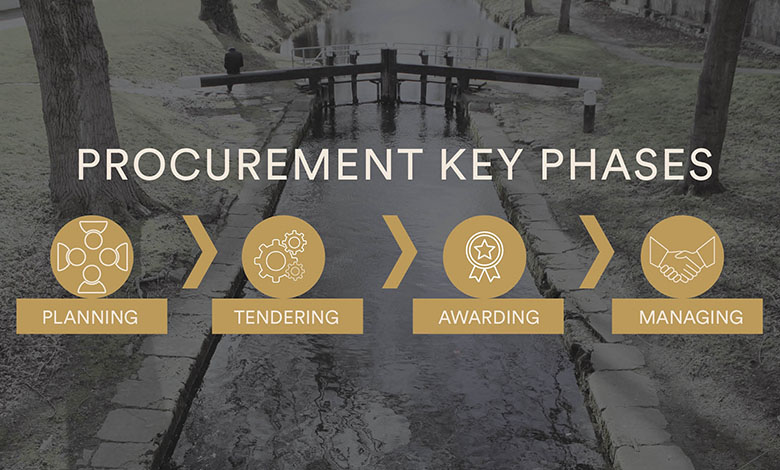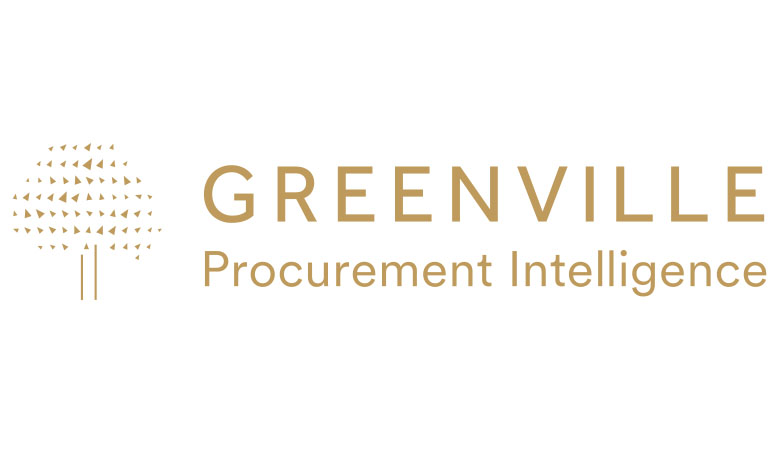Fostering SME participation in Irish public procurement to deliver on the sustainability and innovation agendas

Public procurement accounts for well over €20 billion per annum across the full spectrum of supplies, works, and services. Top of the agenda for procurement professionals is how to achieve smarter and more sustainable solutions, writes Jeanne Copeland, founder and CEO of Greenville.
Public procurement accounts for well over €20 billion per annum across the full spectrum of supplies, works, and services. Top of the agenda for procurement professionals is how to achieve smarter and more sustainable solutions. Government and EU policy acknowledges that suppliers are key to unlocking this potential which will deliver significant contribution to the climate change agenda. Public procurement is fundamental to all aspects of our lives – building new homes, looking after the sick, educating our young, protecting citizens, transporting us to work and play in addition to items such as passports, tax returns and even museums. Yet, when you mention public procurement, the glazed eye appears as it seems highly technical and extremely complicated. However, it can be demystified and simplified by using the full range of procurement tools available under the rules.

Due to the perceptions surrounding public procurement many shy away from it, seeing it as overly onerous, and some even fear it, unless of course you are one of the few ‘procurement anoraks’ who live and breathe it. For those engaged in the process on the buying side, it can result in an overly risk adverse approach being taken including in relation to how we engage with suppliers at all stages of the process. However, avoiding supplier engagement for fear of challenge creates a greater risk of not achieving best value for money or access to the most innovative and creative supplier solutions, both of which are key pillars of public procurement and are needed to fully implement the sustainability and increased SME participation agenda.
Greater SME participation must be stimulated as SMEs account for the vast majority of suppliers in the Irish market. To do this the buying community must facilitate opportunities for real and meaningful engagement. The need for a more innovative is also recognised in the recently launched Department of The Environment, Climate and Communications’ Buying Greener: Green Public Procurement Strategy and Action Plan 2024-2027 as part of effective procurement governance and the Green Public Procurement Implementation Mandate.
A key challenge is how best to drive a change in practice and empower both sides of this important partnership to engage more, a process which is fully encouraged and supported by the EU procurement rules. This can be achieved by utilising and optimising the full scale of flexible tools available under the rules.
If we do not change, we fail to use a key tool in climate action of using the significant buying power of the public sector to combat climate change and better support the viability and growth of SMEs adopting a more innovative and continuous improvement approach.
It is important to understand where in the four key phases (planning, tendering, awarding, and managing) in procurement maximum SME engagement and innovation can be driven.
In our experience, it must start with the planning phase, which is the key stage where maximum opportunity exists to engage with suppliers, understand their capabilities and market trends and design the procurement to achieve the most successful outcome for the organisation, the procurement and ultimately society. The EU directives promote supplier engagement through verification, clarification, negotiation and even market soundings as prescribed under Article 40 for the public sector and Article 58 for the utilities which specifically provides for and promotes supplier engagement prior to the procurement process commencing. The quest for innovation should not be restricted to the realm of EU and national tendering, as the volume of activity at quotation level is highly significant and a great starting point for taking a more creative approach to procurement, particularly in light of the increased thresholds following Circular 05/2023.
Failure to understand the capacity and capability of the supply base can lead to a poorly designed procurement. Too often suppliers have great ideas, but buyers narrowly construct the procurement to preclude certain results from the outset without realising the impact of their procurement approach. Using a prior information notice (PIN) or pre-market consultations (PMC) on eTenders is the fairest most transparent method of targeting suppliers. Inviting firms to in person discussions is more enlightening for both sides. Using supplier briefing sessions will also enable and facilitate networking and partnering arrangements for like-minded firms. While bidder collusion is a risk to be monitored, that can be managed. When supplier engagement becomes a standard for procurements targeting sustainability and innovation irrespective of where in the procurement process, collaboration and partnership bidding among smaller companies even micro-SMEs can be encouraged and advocated for more effectively.
An additional strategic procurement tool to be considered is the choice of procedure. The open and restricted procedures account for approximately 85 per cent of procurements awarded by the public sector, yet neither facilitate any proactive engagement or potential for discussion. Both demand a firm specification, with the buyer deciding up front what the solution is with no deviation or adaptation permitted. The alternative is to use the competitive procedures of negotiation or dialogue, which were specifically designed for engagement to drive innovation, while the innovative partnership provides the greatest level of collaboration for the development of new solutions.
In drafting documentation buyers should simplify and consider deviating from standard practices around areas such as previous experience. Smaller companies may automatically be eliminated if for example three previous contracts is a mandatory qualification. While three has become standard industry practice it is not prescribed or required under the procurement rules. Seeking information on the company’s goals, ambitions, business plans and skills as a qualification may provide more appropriate insight and assurance into their suitability, especially where innovation is required.
Verification meetings as part of bid evaluations and contract/performance management are fundamental to a partnership approach and real success. Too often, tenders are awarded based on written submissions without utilising the opportunity to verify the tenderer’s assertions – the overarching fear of meeting suppliers as part of evaluation must change. Likewise, during the contract delivery, implementing effective contract management and supplier engagement provides the opportunity for suppliers to offer insights and suggestions for improvements over the life of a contract – a contract which is operated in the same on day one as it is in year four has missed a significant opportunity for continuous improvement.
The final takeaway is to adopt an approach where listening to your suppliers becomes part of everyday procurement practice. Moving away from operating out of fear and being risk adverse is a priority. Training and providing buyers with the skills and confidence is crucial. This will ensure a more enjoyable and productive experience for all parties and successfully deliver the sustainability agenda through innovation and greater SME participation, a result which will deliver for all.

T: +353 (0)1 402 0114
E: info@Greenville.ie
W: www.Greenville.ie





